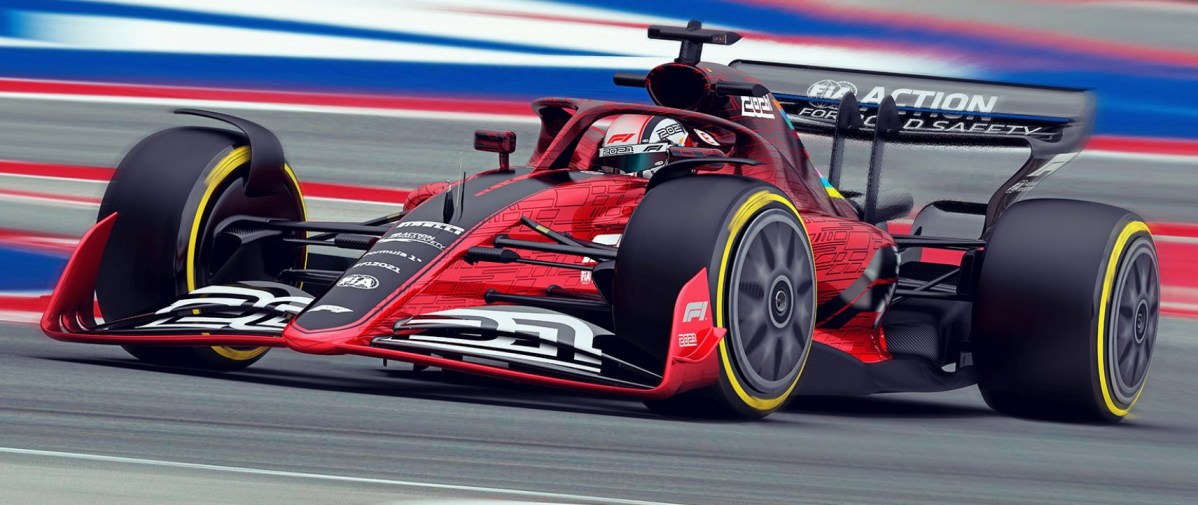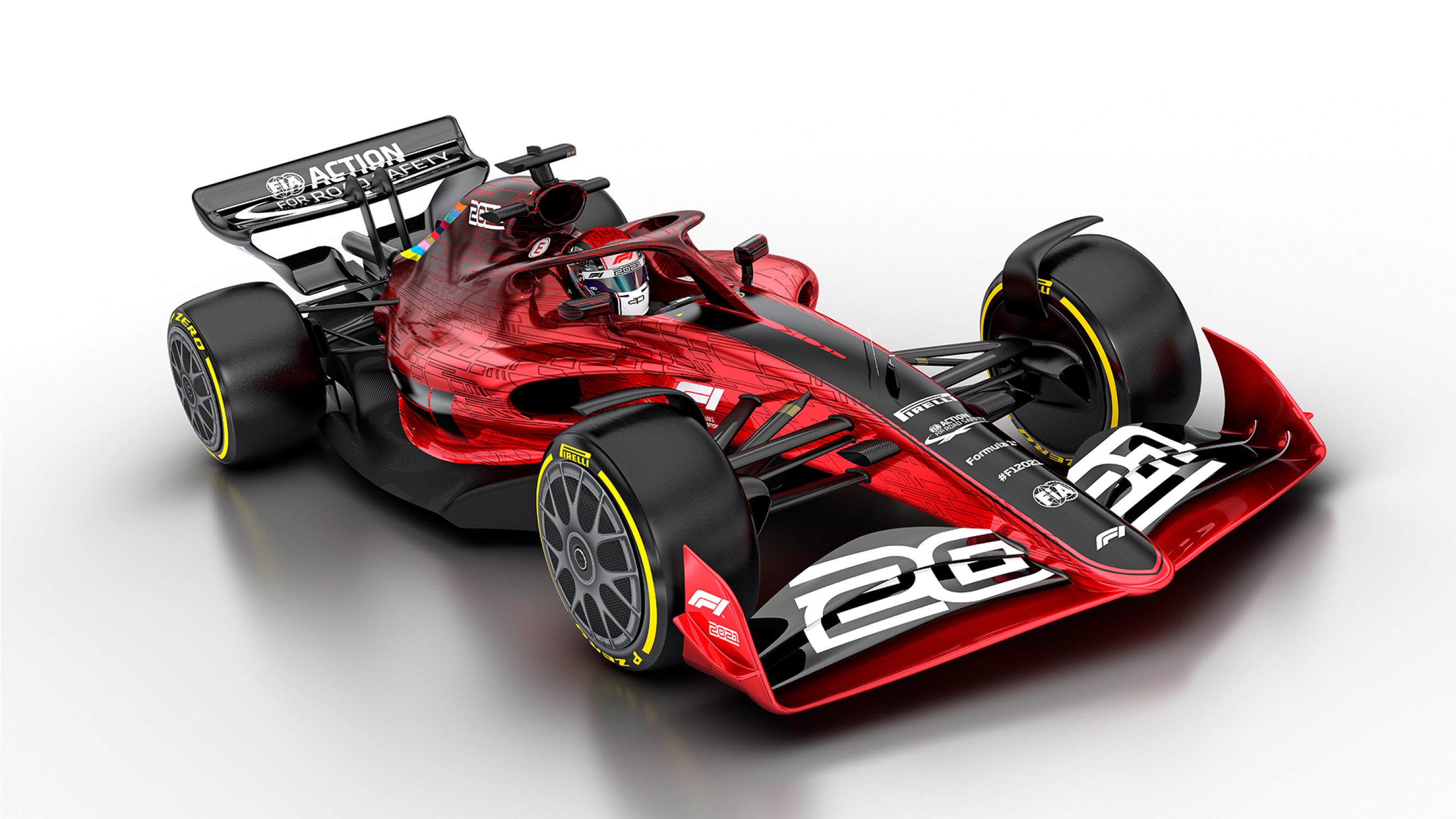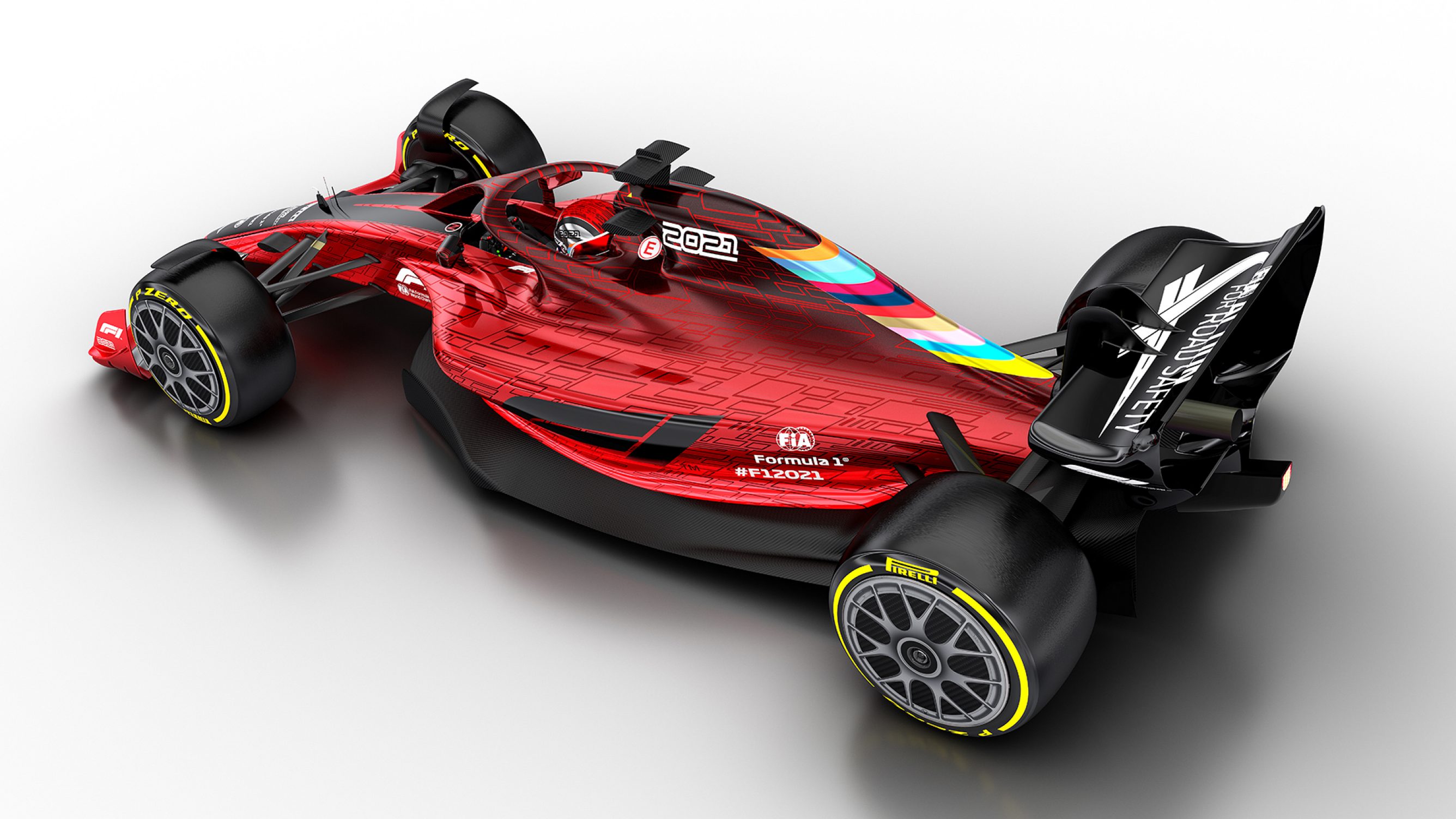Automotive design is often considered art by both car enthusiasts and the art world. Cars, like art, can inspire emotions and descriptive words like practical, boxy, fast, tough and sexy. Over the years Formula 1 (F1) cars have been the definition of fast and sexy and in a statement released by the Fédération Internationale de l’Automobile (FIA), the sanctioning body of Formula 1, the new 2021 F1 car is living up to expectation.
Beyond debuting an artist rendering of the new chassis, F1 is completely changing a lot of their rules. Chief points aimed at leveling the competition and controlling costs are at the forefront. Among them according to the statement are:
- Cars that are better able to battle on the track
- A more balanced competition on the track
- A sport where success is determined more by how well a team spends its money not how much it spends — including, for the first time, a fully enforceable cost cap ($175 million per season) in the FIA rules
- A sport that is a better business for those participating and more attractive to potential new entrants
- A sport that continues to be the world’s premier motor racing competition and the perfect showcase of cutting-edge technology

These watershed changes were debuted at the Circuit of the Americas in Austin, Texas, by FIA Chairman and CEO Chase Carey and FIA President Jean Todt. The changes were unanimously accepted by the World Motor Sport Council. In a statement by Carey, he said, “We deeply respect the DNA of Formula 1, which is a combination of great sporting competition, uniquely talented and courageous drivers, dedicated teams and cutting-edge technology. The goal has always been to improve the competition and action on the track and at the same time make the sport a healthier and attractive business for all.”
F1 already has the most efficient engine in the world and in the next few weeks they will be launching plans to reduce and ultimately eliminate environmental impact of their sport and business. The FIA will continue to work on new technologies and fuels to push these boundaries further.







